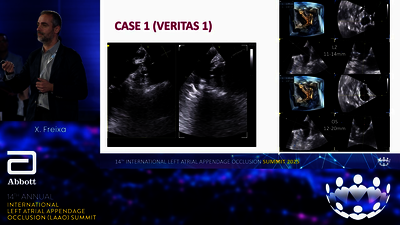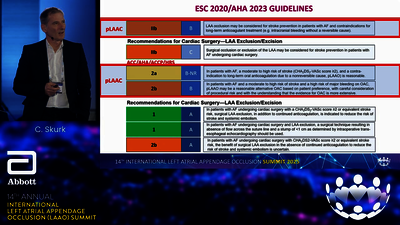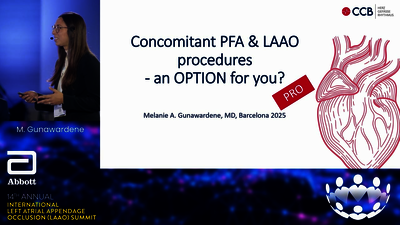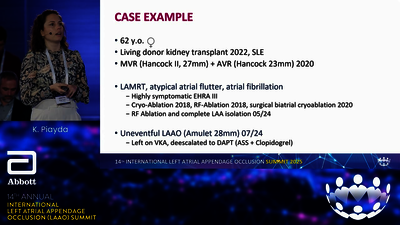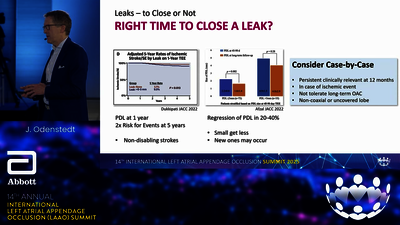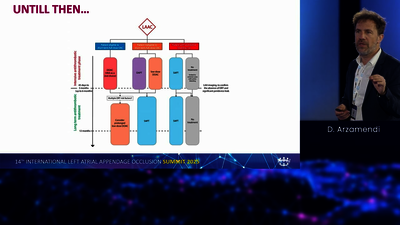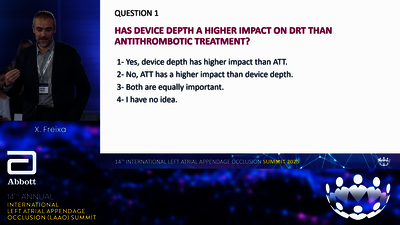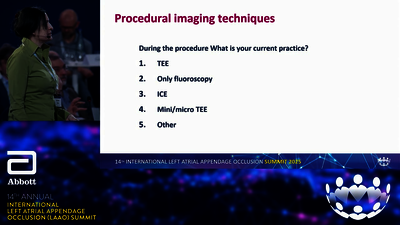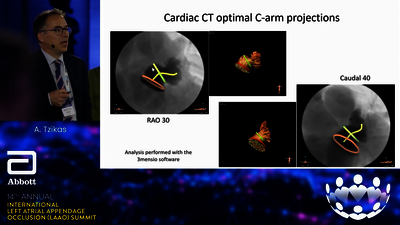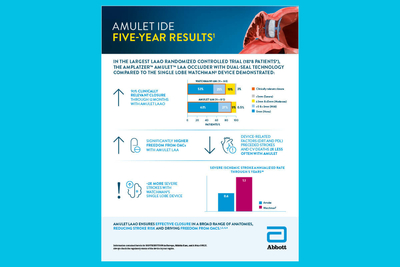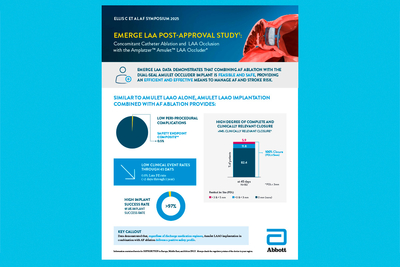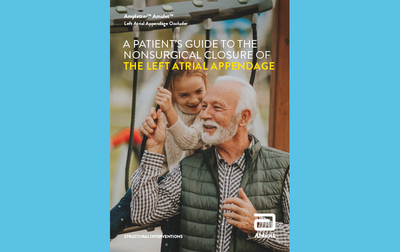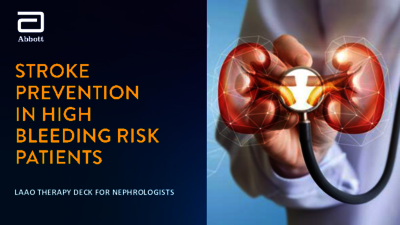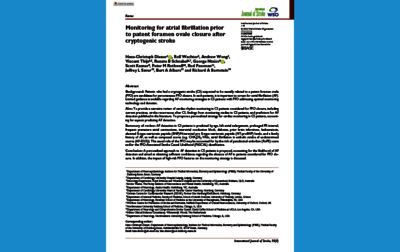Atrial fibrillation (AF) is associated with a 5-fold increase in the risk of ischemic stroke.1 Left atrial appendage (LAA) closure reduces the risk of stroke in non-valvular AF (NVAF) patients who are seeking an alternative to oral anticoagulants.2,3
AF AND THE CHALLENGES OF MEDICATION
Many patients at risk of stroke want an alternative to oral anticoagulants (OACs), for example, warfarin and non-vitamin K oral anticoagulants (NOACs).7
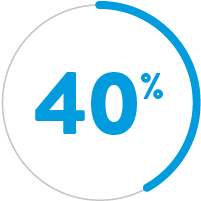
40% Do Not Take OACs
(NOACs or Warfarin)7,8
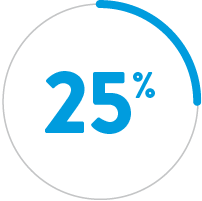
25% Discontinuation
Rate (NOACs)7,9
Challenges of NOACs and warfarin include:7,9
- Significant bleeding risks
- Significant non-compliance rates
- Regular international normalised ratio (INR) monitoring (warfarin)
- Food and drug interaction issues (warfarin)
- Complicates surgical procedures
- High cost (NOACs)
LAA OCCLUSION IS AN ALTERNATIVE TO LONG-TERM MEDICATION FOR REDUCING RISK OF STROKE
Surgery to remove or tie off the LAA is highly invasive.
- Typically reserved for patients undergoing cardiac surgery for concomitant conditions
- Complete closure rates range from 0% to 100%7
Transcatheter occlusion of the LAA is minimally invasive.
- Closure rates are 98.9% with the Amplatzer™ Amulet™ LAA Occluder2,3
LEARN MORE:
Hub
TV
HUB
- Fuster V, Rydén LE, Cannom DS, et al. ACC/AHA/ESC Practice Guidelines for the Management of Patients with Atrial Fibrillation. Circulation. 2006;114(7):700–752.
doi.org/10.1161/CIRCULATIONAHA.106.177292. - Amplatzer™ Amulet™ LAA Occluder Instructions for Use.
- Lakkireddy D, Thaler D, Ellis CR, et al. Amplatzer Amulet Left Atrial Appendage Occluder versus Watchman device for stroke prophylaxis (Amulet IDE): A randomized controlled trial. Circulation. 2021;144(19):1543–1552. doi.org/10.1161/CIRCULATIONAHA.121.057063.
- Yaghi S, Song C, Gray WA, et al. Left atrial appendage function and stroke risk. Stroke. 2015;46(12):3554–3559. doi.org/10.1161/STROKEAHA.115.011273.
- Blackshear JL, Odell JA. Appendage obliteration to reduce stroke in cardiac surgical patients with atrial fibrillation. Ann Thorac Surg. 1996;61(2):755–759. doi.org/10.1016/0003-4975(95)00887-X.
- Heart Rhythm Society. (2019). Complications from Atrial Fibrillation. Accessed August 21, 2021.
- Suradi HS, Hijazi ZM. Left atrial appendage closure: outcomes and challenges. Neth Heart J. 2017;25(2):143–151. doi.org/10.1007/s12471-016-0929-0.
- Baman JR, Mansour M, Heist EK, et al. Percutaneous left atrial appendage occlusion in the prevention of stroke in atrial fibrillation: a systematic review. Heart Fail Rev. 2018;23(2):191–208. doi.org/10.1007/s10741-018-9681-4.
- Kakkar AK, Mueller I, Bassand JP, et al. Risk profiles and antithrombotic treatment of patients newly diagnosed with atrial fibrillation at risk of stroke: perspectives from the international, observational, prospective GARFIELD registry. PLOS ONE. 2013;8(5):e63479. doi.org/10.1371/journal.pone.0063479.
